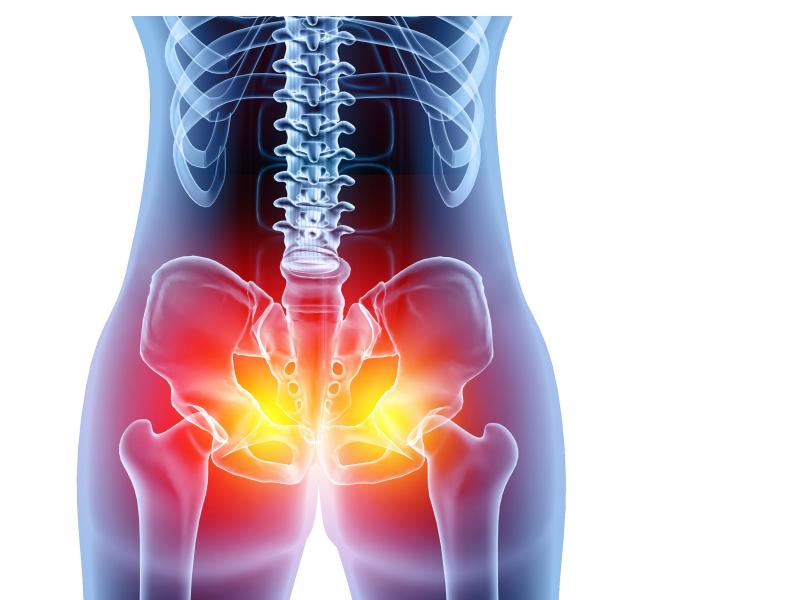Osteitis pubis is a painful condition that affects the front of the pelvis, specifically at the pubic symphysis, the joint where the two halves of the pelvis meet. It is commonly associated with athletes, particularly those involved in sports that require repetitive twisting and kicking movements. When the inflammation of the pubic symphysis begins to radiate toward the hip region, the pain and dysfunction can be especially challenging, often referred to as hip–osteitis pubis. In this comprehensive guide we’ll explore what hip-osteitis pubis is, why it occurs, its symptoms, and the treatment strategies available so you can better understand how to recognize and manage this condition.
What Is Hip-Osteitis Pubis?
At its core, osteitis pubis is an inflammatory condition of the pubic symphysis and the surrounding tissues. The inflammation results in localized pain, tenderness, and stiffness. Because of the close connection between the pelvis and hip joints, the pain often extends to the hips, groin, and even the lower abdomen. This overlap can sometimes make the condition difficult to diagnose, as it mimics other hip or groin-related injuries.
In athletes, hip-osteitis pubis is most often seen in soccer, football, hockey, and distance running—sports that involve repetitive stress on the pelvis and hip joints. However, non-athletes can also develop the condition from activities such as heavy lifting, pregnancy, or trauma to the pelvic region.

Causes and Risk Factors
Hip-osteitis pubis is generally considered an overuse injury, though several factors can contribute to its development.
- Repetitive Stress: Movements that repeatedly strain the pubic symphysis, such as twisting, pivoting, or sudden directional changes, place ongoing stress on the pelvis and lead to inflammation over time.
- Muscle Imbalances: When the abdominal muscles and hip adductors are uneven in strength or flexibility, abnormal pulling forces strain the pelvis.
- Trauma: Direct trauma to the pelvic region, such as a fall or sports collision, can cause acute injury that leads to inflammation.
- Pregnancy and Childbirth: Hormonal changes and increased ligament laxity during pregnancy can strain the pubic symphysis and surrounding tissues.
- Prior Surgeries: Pelvic or lower abdominal surgeries may alter biomechanics, increasing stress on the pelvis.
Symptoms of Hip-Osteitis Pubis
The hallmark symptom of hip-osteitis pubis is pain in the front of the pelvis, but it can radiate into surrounding areas.
- Groin Pain: This is the most common symptom and usually worsens with activity like running, kicking, or quick directional changes, often radiating into the hips.
- Hip Discomfort: A dull ache or sharp pain may develop in the hips during movements such as pivoting, sprinting, or kicking, limiting mobility and performance.
- Lower Abdominal Pain: Discomfort in the lower abdomen can resemble a sports hernia, which sometimes complicates diagnosis and requires professional evaluation.
- Pain With Movement: Everyday actions like walking, climbing stairs, or standing on one leg may trigger sharp pain, making routine activities more difficult.
- Stiffness And Tenderness: After rest or inactivity, stiffness in the hips and pelvis is common, and the pubic bone often feels sore or sensitive to touch.

Diagnosing Hip-Osteitis Pubis
Diagnosing hip-osteitis pubis can be challenging because its symptoms often overlap with other conditions such as sports hernias, hip labral tears, or muscle strains. A doctor will typically begin with a detailed medical history and physical examination, checking for tenderness over the pubic bone, reduced hip range of motion, and signs of muscle imbalance. Imaging tests are often used to confirm the diagnosis. X-ray imaging may reveal changes in the pubic joint, while magnetic resonance imaging (MRI) can show inflammation and swelling in greater detail. In some cases, bone scintigraphy (bone scan) is ordered to rule out stress fractures or infections. Because accurate diagnosis is key to choosing the right treatment, it’s important to consult a healthcare professional if you experience persistent groin, hip, or lower abdominal pain.
Treatment Options
Conservative treatments are typically effective for managing hip-osteitis pubis, although recovery may take several weeks to months. Common approaches include:
- Rest and Activity Modification: Avoid movements that trigger pain while maintaining conditioning through low-impact exercises such as swimming or cycling.
- Medications: Nonsteroidal anti-inflammatory drugs (NSAIDs) like ibuprofen can reduce pain and inflammation, while corticosteroid injections may be considered for more severe cases.
- Physical Therapy: A structured program may include stretching tight muscles, strengthening weak groups, improving pelvic stability, and following gradual return-to-sport protocols.
- Ice and Heat Therapy: Ice is helpful during the acute phase to reduce pain and swelling, while heat later supports blood flow and flexibility.
- Supportive Devices or Surgery: Pelvic belts or braces may offer stability. In rare, severe cases unresponsive to conservative measures, surgery such as debridement or stabilization of the pubic symphysis may be recommended.

Prevention Strategies
Hip-osteitis pubis often results from overuse and muscle imbalances, preventive strategies are important to reduce the risk of developing symptoms. Key measures include:
- Warm-Up and Cool-Down: Prepare muscles before activity and promote recovery afterward to reduce strain on the pelvis.
- Core and Pelvic Stability: Strengthen the abdominal, gluteal, and pelvic muscles to maintain proper alignment and support.
- Gradual Training Increases: Progress intensity and volume slowly to avoid sudden overload on the pelvic region.
- Flexibility Maintenance: Stretch hip adductors, hamstrings, and abdominal muscles regularly to prevent tightness that may contribute to imbalance.
- Early Attention to Injuries and Proper Technique: Address minor strains promptly and use correct form during sports and exercise to minimize unnecessary stress on the pelvis.
Contact Us
Hip-osteitis pubis is a challenging, but manageable condition that can affect athletes and active individuals alike. With proper diagnosis, conservative treatments, and preventive strategies, most people are able to recover fully and return to pain-free activity. Early intervention and guided rehabilitation are key to reducing discomfort and preventing recurrence. If you are experiencing persistent groin, hip, or pelvic pain, it’s important to seek professional care. Schedule a consultation with Peter Howard, M.D., to receive expert evaluation, personalized treatment, and guidance on returning safely to the activities you enjoy.


